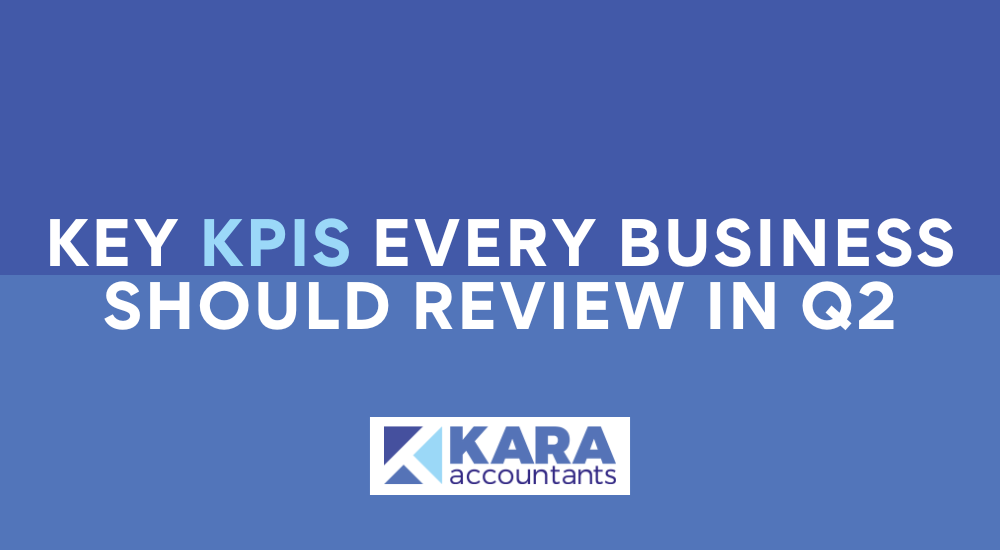
Key KPIs Every Business Should Review in Q2
The second quarter is a pivotal time for most businesses. You’ve made it through Q1, set goals, maybe adjusted a few strategies — now it’s time to assess what’s really working. Reviewing the right Key Performance Indicators (KPIs) in Q2 can help you stay on track or pivot before the year gets away from you.
So, what should you be measuring right now?
1. Revenue Growth
Let’s start with the obvious: Are you actually making more money?
- Compare Q2 revenue with Q1 and the same period last year.
- Identify trends — are you growing steadily, plateauing, or declining?
- Break it down by product, service, or client segment.
This is your headline metric, but it doesn’t tell the full story — read on.
2. Gross & Net Profit Margins
Revenue is great, but profit is where the real story lies.
- Gross Profit Margin shows how efficient your production or service delivery is.
- Net Profit Margin shows your actual bottom-line profitability after all expenses.
If margins are shrinking, it’s time to examine costs or pricing strategy.
3. Customer Acquisition Cost (CAC)
How much are you spending to win a new customer?
- Include marketing, advertising, sales team costs, and any onboarding.
- High CAC might be fine if you have a high Customer Lifetime Value (CLTV) — but it should be sustainable.
A rising CAC in Q2 might indicate your ads aren’t converting, or competition is heating up.
4. Customer Retention Rate
It’s far cheaper to keep a customer than get a new one.
- Check how many customers you’re keeping month-over-month.
- Look at churn reasons — is it pricing, service, product fit?
If retention is dropping in Q2, act now with loyalty strategies or customer support improvements.
5. Cash Flow
A profitable business can still fail if cash isn’t flowing smoothly.
- Monitor inflows and outflows closely.
- Ensure your receivables are being collected on time.
- Look out for seasonal dips or upcoming expenses that could impact liquidity in Q3.
6. Employee Productivity & Engagement
Your team’s performance is just as important as your sales numbers.
- Review time tracking, project delivery timelines, or sales per employee.
- Employee satisfaction surveys or feedback tools can highlight early signs of burnout or disengagement.
A productive Q2 workforce is key to scaling in Q3.
7. Website & Digital Performance
If digital is part of your strategy (it should be), track:
- Website traffic & bounce rates
- Conversion rates (leads, sales, sign-ups)
- Social engagement and ROI on paid ads
It’s a great time to tweak what isn’t working before the second half of the year.
8. Progress Against Annual Goals
Zoom out. Revisit the strategic goals you set in Q1:
- Are you 50% there?
- Have any priorities shifted?
- Do you need to revise your targets based on economic or industry changes?
Q2 is the ideal checkpoint for alignment.KPIs aren’t just about numbers — they tell the story of your business. Taking time in Q2 to review, reflect, and refine can be the difference between hitting your year-end goals and missing the mark.

This Post Has 0 Comments